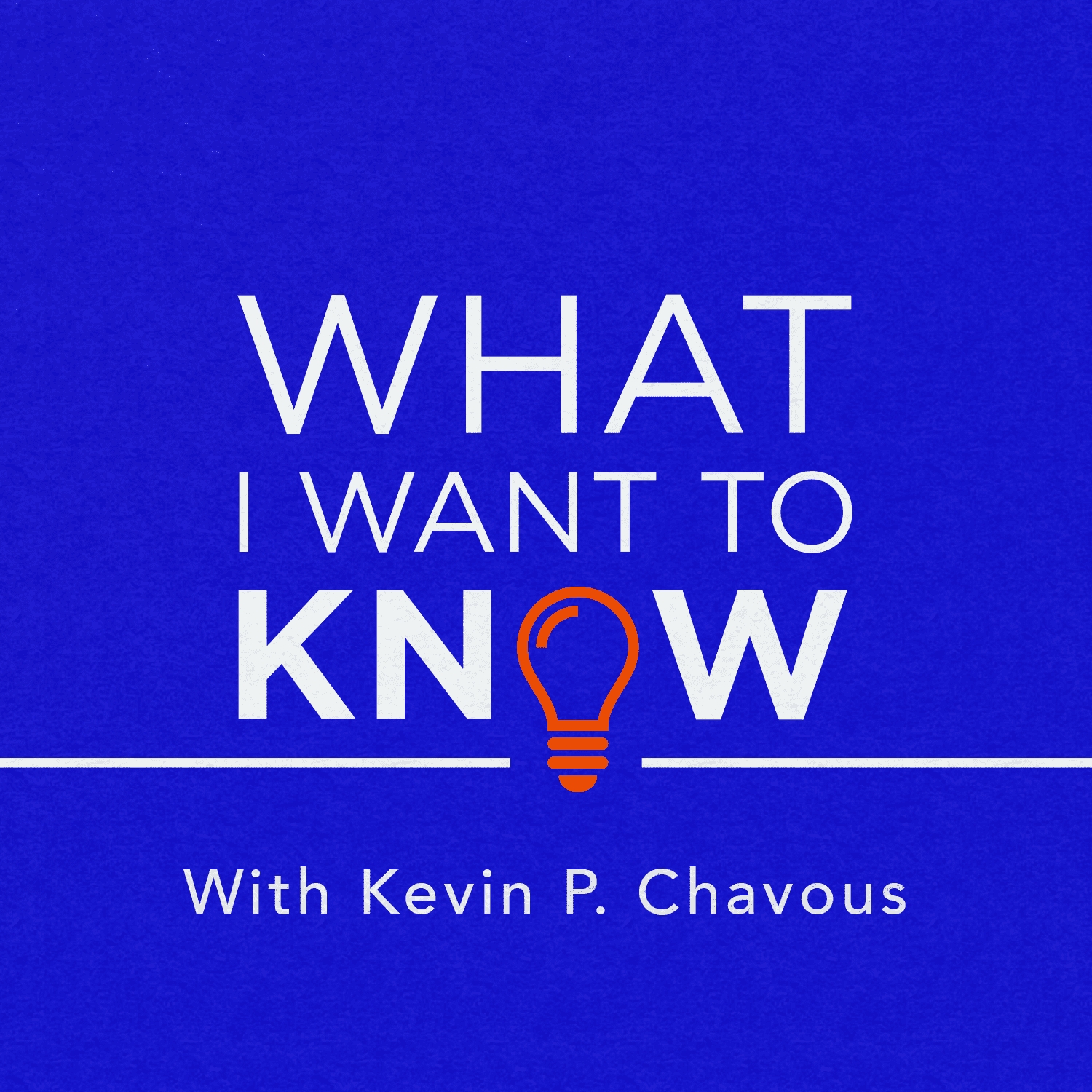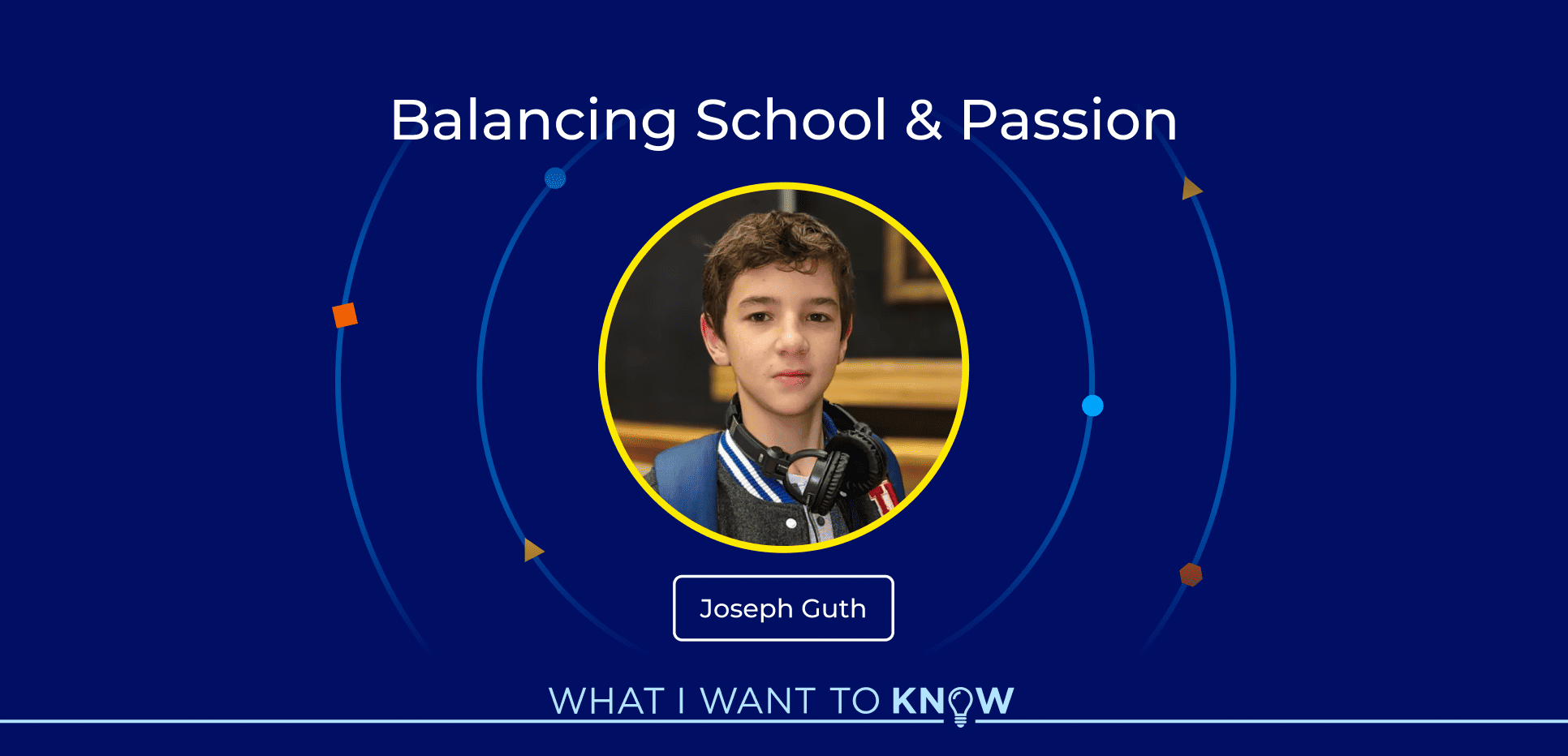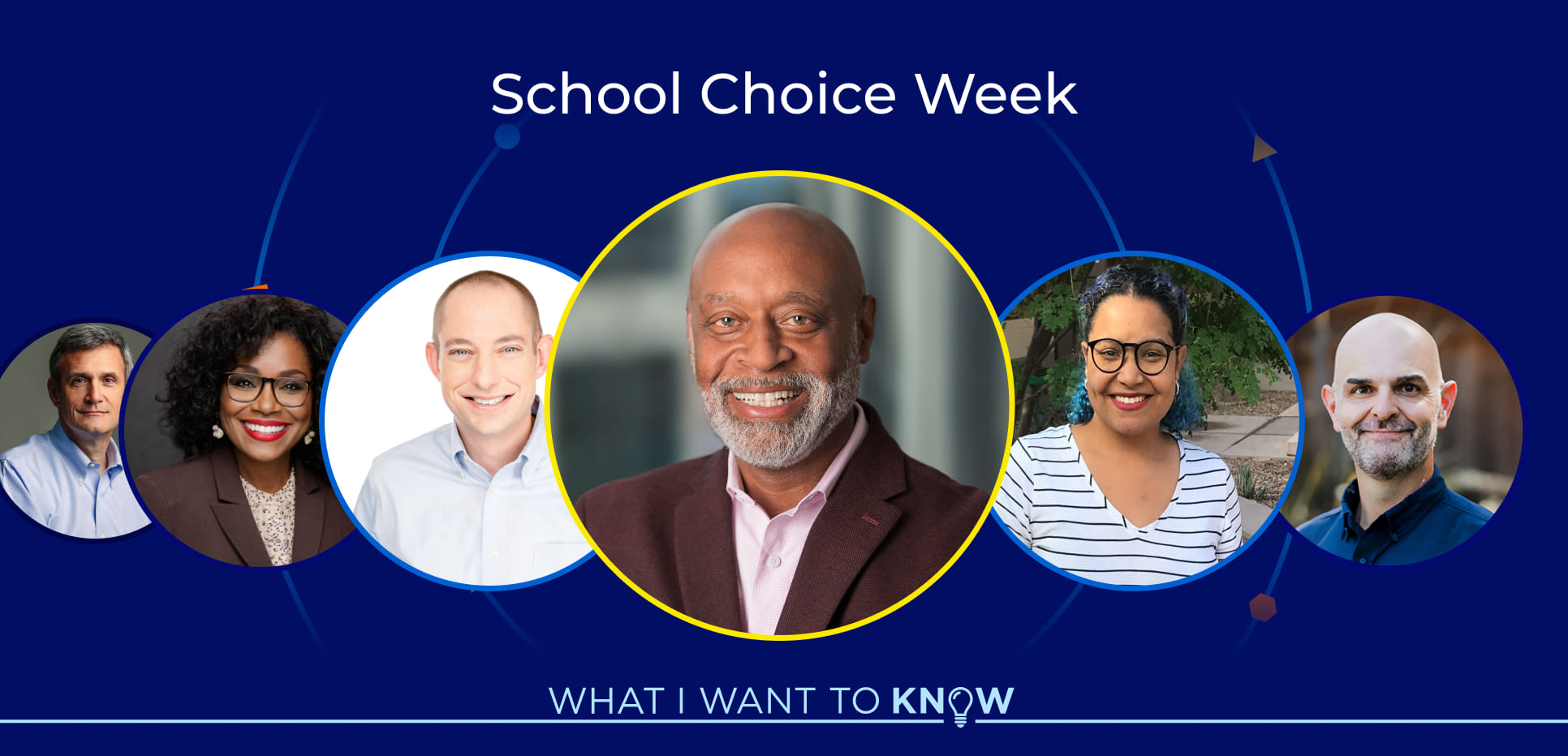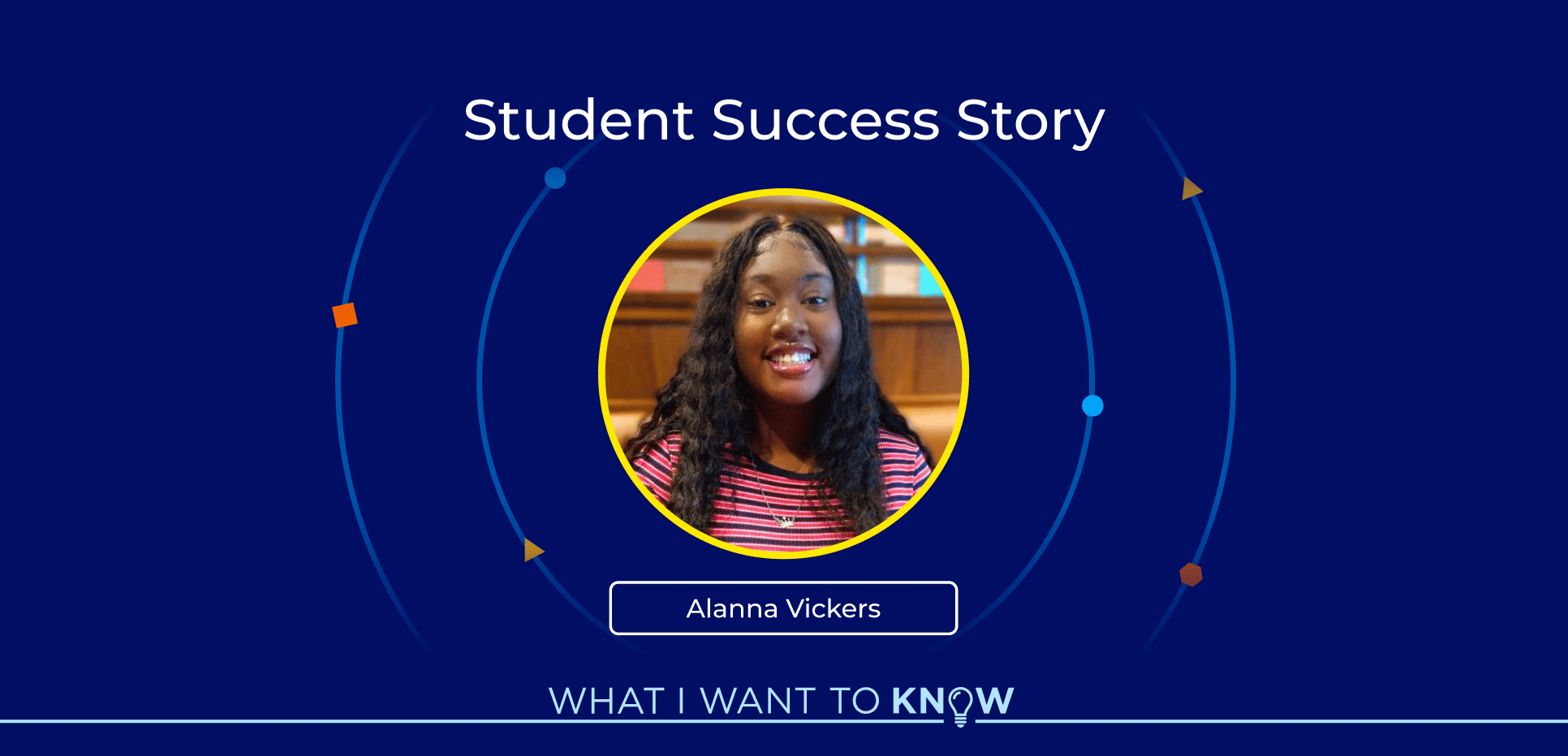A new report reveals that more teachers than usual left their jobs last year as they faced a multitude of challenges in the wake of the pandemic. And research shows that teachers with minimal training leave at rates two to three times higher than those with better training.
What teacher training methods are most effective in improving learning outcomes? How can we avoid overloading teachers with additional tasks throughout their training? And how can we create sustainable support systems to retain talented teachers?
In this episode, Kevin discusses how we effectively train and support teachers with educator and education consultant Kevin Bross.
Listen to the Full Audio
Listen on: Apple Podcast, Spotify
Transcript
Kevin: A new report reveals that more teachers than usual left their jobs last year as they faced a multitude of challenges in the wake of the pandemic. And research shows that teachers with minimal training leave at rates two to three times higher than those with better training. What teacher training methods are most effective in improving learning outcomes? How can we avoid overloading teachers with additional tasks throughout their training? And how can we create sustainable support systems to retain talented teachers? This is What I Want to Know.
Kevin P.C.: And today, I am joined by Kevin Bross to find out. Kevin Bross is an education consultant at Mindset Works and serves as an achievement coach for teachers in Minnesota. After teaching social studies for years, Kevin now focuses on the professional development of teachers using growth mindset research. In 2022, he was selected by Time Magazine as one of 10 innovative teachers in the country. Today he joins us to discuss how we can better train and support teachers to produce truly successful outcomes for students. Kevin, welcome to the show.
Kevin B.: Absolutely. Thank you for having me. I’m excited to be here.
Kevin P.C.: So, I want to talk about teachers and your career, your trajectory, but I did my research on you, and you’re pretty much a Renaissance man. I mean, I see that you have roots in baseball. I wanted to talk to you about that, but before I do, you’re an inventor as well. I mean, what is that all about?
Kevin B.: Well, that’s actually a funny story because I love to think outside the box. That’s been my thing for a long time. I came up with this idea when we had young children for something called, well, what I called the sip and snack. It was a snack cup and a sippy cup blended into one. I was on an inventor’s website, and sure enough, it wasn’t too long after that that somebody pushed out a product, and it wasn’t mine. And I don’t know. I don’t know if it was my idea or not, but anyway.
Kevin P.C.: Man, you could have been somebody, man. You could have —
Kevin B.: We could’ve been having a whole different conversation.
Kevin P.C.: A whole different conversation. I would say GoFundMe, Kevin.
Kevin B.: Right, that’s funny.
Kevin P.C.: Thinking out of the box is important, especially in the teaching profession, but did you ever think that you would pursue this career as a teacher?
Kevin B.: It’s funny you say that. The position that I’m in right now didn’t even exist when I was coming through college. And my father was a teacher; he was a coach. I watched him. I went to the high school that he was teaching at, so it was always in my mind that, “Oh, that’s a cool profession.” It’s meaningful. You’re providing value to society. When I went to college, at first I thought, “Ah, it’s going to be about the money, and I’m going to make a lot of money.” And I was a business major for a couple of years, and I quickly realized I needed something different and made a pivot and followed in his footsteps.
Kevin P.C.: But obviously, he was a big influence. What did you think you learned the most from his approach to teaching as you entered the profession?
Kevin B.: I think relevancy really, really sticks out to me. Teaching the why to students. Why are we doing this? And it’s bigger than the curriculum; it’s the resilience; it’s the grit; it’s the learning how to lead. All of those, what we call soft skills, are really, really important. And I took that approach as well.
Kevin P.C.: Those are sort of the basic things that govern human interactions. Sometimes we can be too mechanical, and I think that the rote approach to teaching, even teacher training without those other skills — it’s incomplete. Wouldn’t you agree?
Kevin B.: I would absolutely agree. I mean, there’s so much… When we think about teacher training programs, there’s so much that we don’t help teachers understand. And when they come into the profession, we put them into a classroom, and then we expect them to have had that training or had that understanding. And it is a gap, and I think we’re trying to work on that with the work that I’m doing in the district that I work in.
Kevin P.C.: Now, Time Magazine lists you as one of the 10 innovative teachers of the year, and by the way, Kevin, that’s something you can put on your resume forever. I mean, it’s one heck of an honor, so congratulations on that. But what were some of the things that you did as you were identified as one of these innovative teachers in America that you think led Time to honor you in that way?
Kevin B.: I mean, I appreciate that. It’s always a little bit uncomfortable because there are so many people involved in something like that. This was not just me. There were so many other teachers and coaches and administrators; there’s a lot of people involved in that process. One of the things that I think that we did well is that we found a way to use observational learning in a systematic way, and we created a new form of professional development that allowed us to be agile and time- and cost-effective and meet the needs of our staff and our students in real time. I mean, it’s a great system, and I think that’s what stuck out to Time.
Kevin P.C.: Eventually, you and your school district came up with this approach, and how did you stumble onto this, or how did this come to be? Because it is unique, and we’re going to go into detail about certain aspects of it that have drawn attention nationally and also helped many teachers in your district.
Kevin B.: I spent 14 years in the classroom, and I felt stuck. I felt like I needed more; I needed to learn something more. And I had an opportunity to be an instructional coach at the district level, traveling around the district, going to middle schools and high schools, doing observations, and then helping teachers grow in their professional development. What I learned was that within, I don’t even know, months, first few months, I realized how much I didn’t know. I thought I was good at this aspect of teaching, and then you see a master do it in the classroom. I’m like, “Oh my gosh, I stink. I have so much to learn.” And so, I continued to do that for four years. I had so much growth and learning that I wanted to share that with others. Why don’t we allow other people opportunities to get into classrooms and observe?
So I started doing some research, and I read a book, and it was called Instructional Rounds, but it was about administrators and superintendents going into the classroom and putting what they saw into a rubric to help teachers and schools grow. And I was like, “Well, that’s not how medical rounds work,” which is what it was based on. It was in the medical profession. The learners are the people who are in doing the observations. They’re the learners. So that’s when we decided, let’s flip that. Let’s go back to the roots of medical rounds and put that into play and create a system that would work, that would mimic that.
Kevin P.C.: So how did you make that work in such a way that would allow teachers to observe other teachers that may be master teachers in a certain class?
Kevin B.: We started during COVID, the shutdown, and we were all virtual. And so that kind of allowed us to, “Hey, you have this period of time off. We’re going to do this virtually. Everybody join this Google Meet, and we’re going to watch how people are interacting with their students and getting them engaged in the learning.” Once we came back in person, we did have to get creative. We decided to free up teachers during the school day. We committed to finding them subs so that they could be relieved of their classes for that period of time. And then, we got creative with coverage internally in the building as well. But it really came down to: It’s a priority. If it’s important that teachers learn and grow, then you have to prioritize that and find ways to make that happen. And it doesn’t always have to be, “Hey, we’re shutting school down so teachers can learn on this one day.” We can do it in real time.
Kevin P.C.: How did you match the teachers? If it was a third-grade teacher and you’re trying to get them to observe another teacher, was it always a third-grade teacher, or was it a fifth-grade teacher? If it was a math teacher, was it always math? I mean, how did you pair them?
Kevin B.: We’ve had several renditions of this program, but we really started wanting it to be interdisciplinary. We took a group of five teachers at a time, and we went to four different classrooms throughout the day, all different subject areas. And the five teachers that were observing were teaching different content areas and observing people who were teaching different content areas. And the goal was that good teaching is good teaching, and it transcends content areas. It really was beneficial to not have a math teacher go watch another math teacher in the sense that we’re going to get distracted by the content.
Kevin P.C.: I hope you’re enjoying this episode of What I Want to Know, one of the most downloaded K-12 education podcasts in the country. Make sure you don’t miss any of these important topics. Subscribe to the show on Apple Podcasts, Spotify, or your favorite podcast or social media platform, and leave a rating and review so we can bring you more of the topics you want to hear about. Now, back to the conversation. The growth mindset sort of emerged from this. Talk a little bit about how the growth mindset in professional development really relates to this approach you’ve taken in Minnesota.
Kevin B.: That has been an absolute game changer for us. When I was traveling around the district doing observations, I had learned a little bit about Dr. Carol Dweck’s work on growth mindset out of Stanford University and wanted to learn more. And I couldn’t get enough, and there wasn’t enough out there at the time. I stumbled upon a company called Mindset Works. Dr. Dweck was sitting on their board and helped get this company off the ground based on her research. And I reached out, and I just said, “What do you have? Can I learn something from you?” And they started sending me some resources, and they were in the middle of doing some research as well. They’re like, “Hey, try this out. Share this with your teachers; let us know how it goes.” And we would do that. And in time, I ended up doing some consulting work with them and traveling around the country to share how teachers are using the growth mindset research in their classrooms.
But for us in this program, because we unlocked potential by talking about growth mindset first, it allowed instructional rounds to work. I can’t stand here and say, “When our test scores go up, it’s because of this one thing.” There are so many variables out there, but what we are using is a lot of data asking teachers, asking students. So one of the questions that we ask teachers at the end of the year who have all come through instructional rounds is, “Have you implemented a new strategy as a result of instructional rounds that has impacted student learning?” With the hundreds of observations that teachers have done, we are almost at a hundred percent yes on that. And we track that year to year. Student questions. So our school district sends out a survey, and they have been doing this for dozens of years.
Generally, it’s the same questions. Things like, “My teachers teach things in a way that help me learn,” or “My teachers are interested in knowing me as a person. I have good relationships with my teachers.” Those types of questions — we really focused our instructional rounds at the beginning on team building, relationship building; that’s front and center. That’s number one. Kids learn more if they believe that the teacher cares about them as an individual, and we know that. Well, with those survey questions, we are at five and six year highs on those questions. The number of students reporting that they have positive relationships, that we put an emphasis on cooperative learning in our building. So we have evidence that it is making a difference, that it is making an impact in our schools.
Kevin P.C.: I agree with you that test scores alone are not an indicator. We put so much emphasis on test scores, but there are so many flaws to the whole testing approach — one moment in time. It doesn’t take into account the mental health or just the psychological status of a kid that day. Some people are good sort of rote test takers; others are not. But this idea of kids being excited about learning and participating, have you been able to track student participation or attendance or any of those things as a result of this approach?
Kevin B.: We have engagement data that we ask as well. And teachers who come through our program with an emphasis on increasing student engagement are reporting back that students are more engaged. We have that data. There are also those other pieces where teachers are coming through the program and they’re feeling invigorated. It’s new; it’s different; it’s working. And at this time that we’re in right now with teacher retention, that’s extremely important to us as well.
Kevin P.C.: This whole idea of where we are as teachers is at a teacher shortage, and a lot of teachers feel burned out. For many years, many have felt unappreciated. It feels like teachers are able to build more self-confidence as well as not just improving relationships with their students, but relationships with their peers by being able to sit in on these classes. Have you found that to be the case?
Kevin B.: That is absolutely the case. One thing that teachers need right now is they need to feel supported. They need a support network. When we bring teachers in through instructional rounds, A), a lot of times they’re not from the same content area. Sometimes they are, but not always. We’ve just expanded that relationship in our building. “Hey, you know, you just met some teachers that maybe you didn’t have close relationships with. We’re going to spend the day together. We’re going to have an in-depth conversation about instructional practices.” Teachers don’t have time to do that. And then, B), when they go in and they observe all these different classrooms, they now have that connection where it’s, “Hey, if you have additional questions for that teacher, we’ve just created an on-ramp for you.” And so it builds that collaborative approach as well.
Kevin P.C.: This idea of professional development: I want to talk to you about that, just generally, and starting with our Ed schools. What are some of the things, looking back, that you think that traditional education schools in America, just pick one, any state, could be doing that would pave the way toward this more robust, holistic approach to teaching that is happening because of what you’re doing?
Kevin B.: I mean, there are so many things, Kevin. Even just picking something out, you could say from classroom management to integrating literacy to student voice and choice, there are so many areas that, in my experience of Ed school, we didn’t touch on any of that, not in-depth anyway. Even just building rapport. How do you build authentic rapport with diverse groups of students so that all students feel like they are part of the classroom and that they are heard and their needs are being met? The data tells us where our gaps are. Follow that data. Now we’re going to use instructional rounds to figure out who is doing the best in that area. So, if it was literacy, how do you get students to read and write and listen and speak actively in the classroom about their content?
Well, I’m going to find the teacher that is doing that the best, and we’re going to replicate that, and I can do that tomorrow with our program. We don’t have to wait for a staff development day. We don’t have to wait for the summer. We’re going to facilitate an in-depth conversation, and we can make that happen. And then that teacher grows. Great. Now I’m going to bring another teacher through the program who’s going to watch both of those teachers. It’s just this cycle; that’s where the power really comes from.
Kevin P.C.: You mentioned diversity and teachers being able to understand how to work with a diverse set of students in terms of ethnic backgrounds, gender, what have you. But there’s also diversity in terms of the achievement levels of students.
Kevin B.: It is really hard to teach diverse learners, but I can give you some examples. So, imagine we have some teachers that are very, very well-trained in cooperative learning structures. These teachers know how to group students in the best way, where this group of five, if you will, will have a high achiever, a middle achiever, maybe one of those struggling students. And we’ll create a lesson, create a structure that will engage all of them. And it’s hard, and it’s challenging. But that’s where we come in. I’m not the expert in every single instructional practice. I feel like our best asset is the teachers that we have in our schools.
So we will go, and we will observe the teachers who are doing this work, and then we’ll follow up with coaching, and we’ll follow up with whatever they need in order to mimic or replicate what that teacher’s doing. Another one would be station work. It isn’t something we see a lot, especially at the high school level. Elementary schools are much more — you see that practice in their classes a lot. But that’s another great example. We’re going to have four stations, and students are going to run through them.
One of the stations is going to be that they meet individually with the teacher. For those students that need that extra bit of challenge, that’s where it’s going to come. And those students that need that second scoop of learning, that’s when they will get it as they come through that station. So those are the things. And it takes innovation. It takes time and space for that to happen but teachers are innovating. They’re doing it all the time, and some of the stuff is working great, but we don’t know about it because we don’t have a way to share or cross-pollinate all of those amazing ideas.
Kevin P.C.: But for this to work, you also have to have a supportive bureaucracy and school district leadership that is willing to take risks on not just doing the same old, same old professional development approach. And it’s going to jump out on a limb. And I’m not talking about specifically your school district on this, but with the pressures that school leaders face and superintendents from school boards and parents and the regulatory community, it’s tough. Why do you think your school district was so open to taking this different approach that apparently seems to be working?
Kevin B.: I mean, it starts with the leadership. It really does. Our leadership in our school in particular was very, very… They did the growth mindset work first. Our teachers, the staff members in our building believed that we can grow as learners no matter where we are, that we can improve. They understood that research first. So we had that culture in place. Then the emphasis has always been on: We need to be instructional leaders. We need to grow. Everybody should grow no matter where you’re at. Well then, how do we do that?
Kevin P.C.: It’s very powerful. And you speak about culture, and that leads me to my last question, Kevin. This is what I really want to know. If you’re talking to a school district leader, how would you suggest they shift the culture around professional development in a way that will encourage teachers, teachers who may be thinking about leaving?
Kevin B.: I mean, I cannot emphasize the mindset first. I have worked with another school in particular who tried to do this. They did not do the culture work first. They did not create the mindset shift first, and they struggled. So that is number one. I mean, we have to believe that we can learn and grow before we’re actually going to do it. I mean, you have to unlock the potential first. So, that would be number one. Number two is going to be: Once people believe that they can do it, we have to start looking at voice and choice. We have to start looking at the belief that a one and done approach to professional development isn’t best for anyone, and we need to change the system. So, once you get to that mindset shift, we want to learn and we want to grow, wel, then, we’ve got to put a new system in place.
If we need to improve with literacy, we can drop that into instructional rounds. If we need to improve with questioning and discussion techniques, engaging students, classroom management, I can drop that into this system that we have created. So, once you view this professional development as a system change and not just something you’re going to do, I think that’s when you’re going to see the value.
Kevin P.C.: Well said. Kevin Bross, thank you so much for joining us on What I Want to Know.
Kevin B.: Thank you, Kevin. I appreciate it.
Kevin P.C.: Thanks for listening to What I Want to Know. Be sure to follow and subscribe to the show on Apple Podcasts, Spotify, or your favorite podcast app so you can explore other episodes and dive into our discussions on the future of education and write a review of the show. I also encourage you to join the conversation and let me know what you want to know using #WIWTK on social media. That’s #WIWTK. For more information on Stride and online education, visit stridelearning.com. I’m your host, Kevin P. Chavous. Thank you for joining What I Want to Know.
Meet Kevin
Kevin Bross is an education consultant at Mindset Works and serves as an achievement coach in Minnesota’s Anoka-Hennepin School District.
After teaching social studies for years, Kevin now focuses on the professional development of teachers, using growth mindset research. In 2022, he was selected by Time Magazine as one of 10 innovative teachers in the country.






